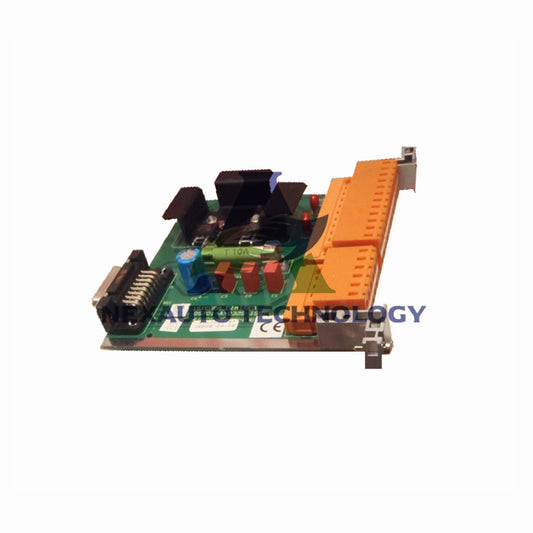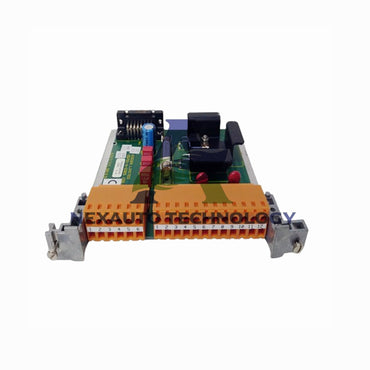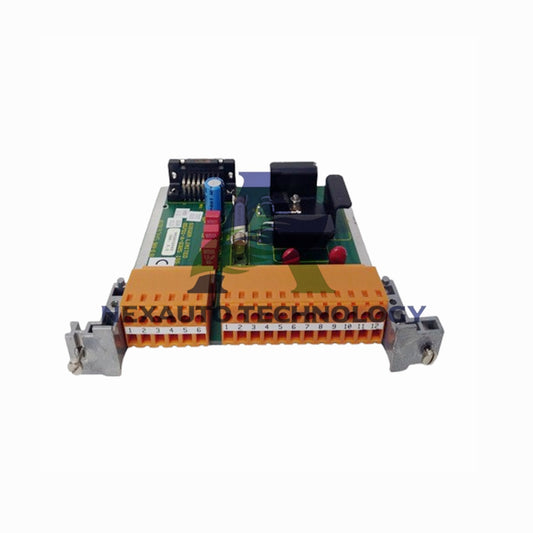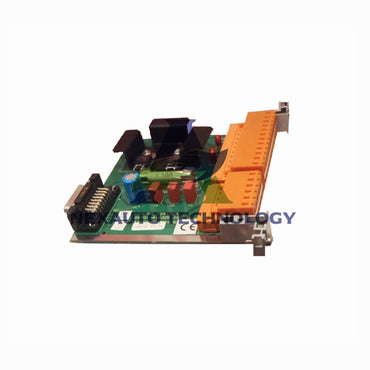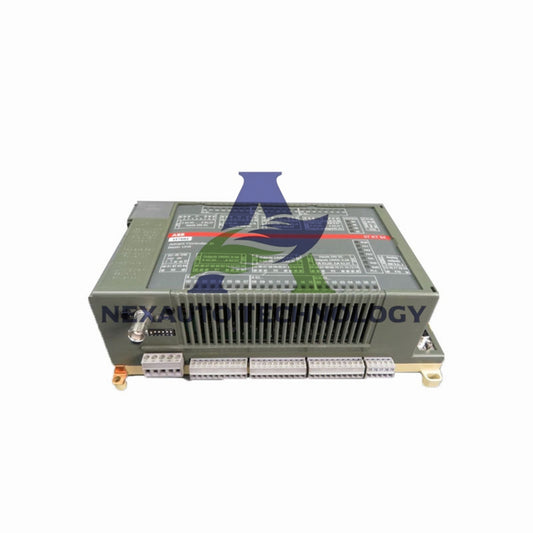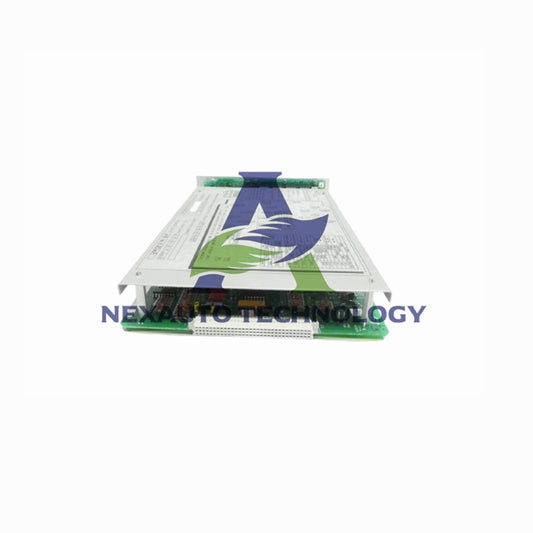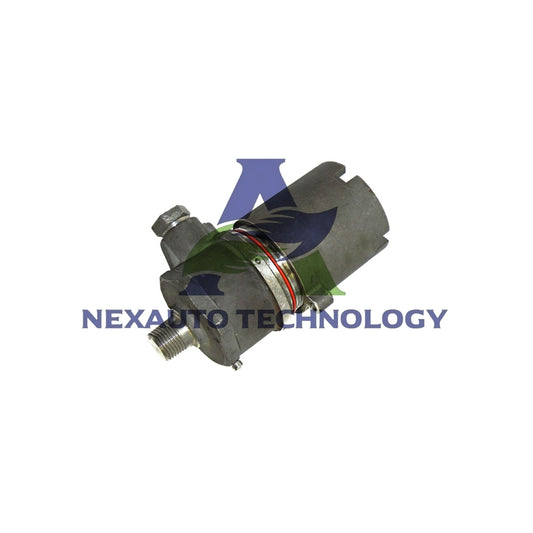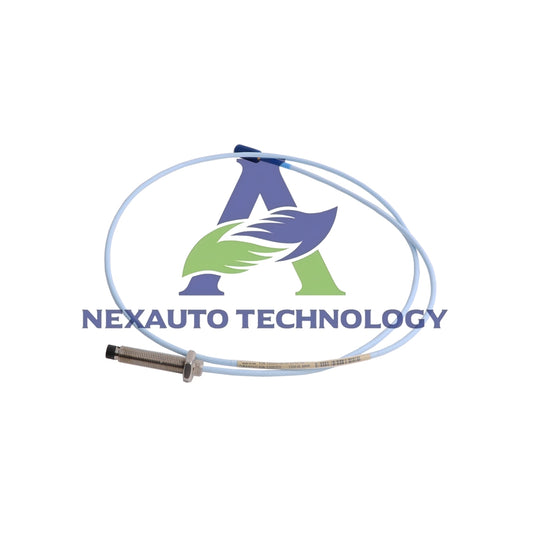Understanding Modern DCS Vulnerabilities
Industrial control systems face escalating cyber threats, with 68% of critical infrastructure operators reporting at least one disruptive attack in 2024 (SANS Institute). Aging DCS architectures lacking built-in security expose vulnerabilities, particularly through legacy protocols like Modbus and PROFINET. Unpatched systems experience 3.5x more targeted attacks, causing average incident costs of $4.5 million according to IBM Security.
Implementing Layered Defense Mechanisms
Network segmentation reduces breach impact by 83% when implemented with OT-specific firewalls (NIST SP 800-82). Enforcing strict access controls with multi-factor authentication blocks 99.9% of credential-based intrusions (Microsoft Security Report). Continuous traffic monitoring detects anomalies within 42 seconds on average, compared to 207 days for conventional methods.

Prioritizing Threat Response Protocols
Organizations with real-time incident playbooks contain breaches 54% faster (Ponemon Institute). Quarterly breach simulations improve response effectiveness by 67%, while automated hourly system backups reduce recovery time objectives by 89%. Critical node isolation within 15 minutes maintains 98% operational continuity during crises.
Validating Compliance Frameworks
IEC 62443-compliant facilities experience 76% fewer security incidents. Annual encryption protocol verification prevents 93% of data exfiltration attempts, while transparent policy documentation reduces regulatory fines by $2.3 million on average. Third-party vendor audits close 85% of supply chain vulnerabilities.
Building Cyber-Aware Organizational Culture
Monthly phishing simulations decrease click-through rates from 30% to 2% within six months. Threat intelligence briefings empower engineers to identify 73% more anomalies, while active vulnerability reporting programs reduce human-error incidents by 70%. Security-certified staff correlate with 58% lower breach costs.

Scheduling Proactive System Upgrades
Replacing unsupported hardware within 90 days eliminates 92% of known exploits. Strategic patching during maintenance windows prevents 80% of compatibility issues, while offline update testing reduces deployment failures by 65%. These measures collectively decrease system downtime by 78% annually.
Check below popular items for more information in Nex-Auto Technology.

